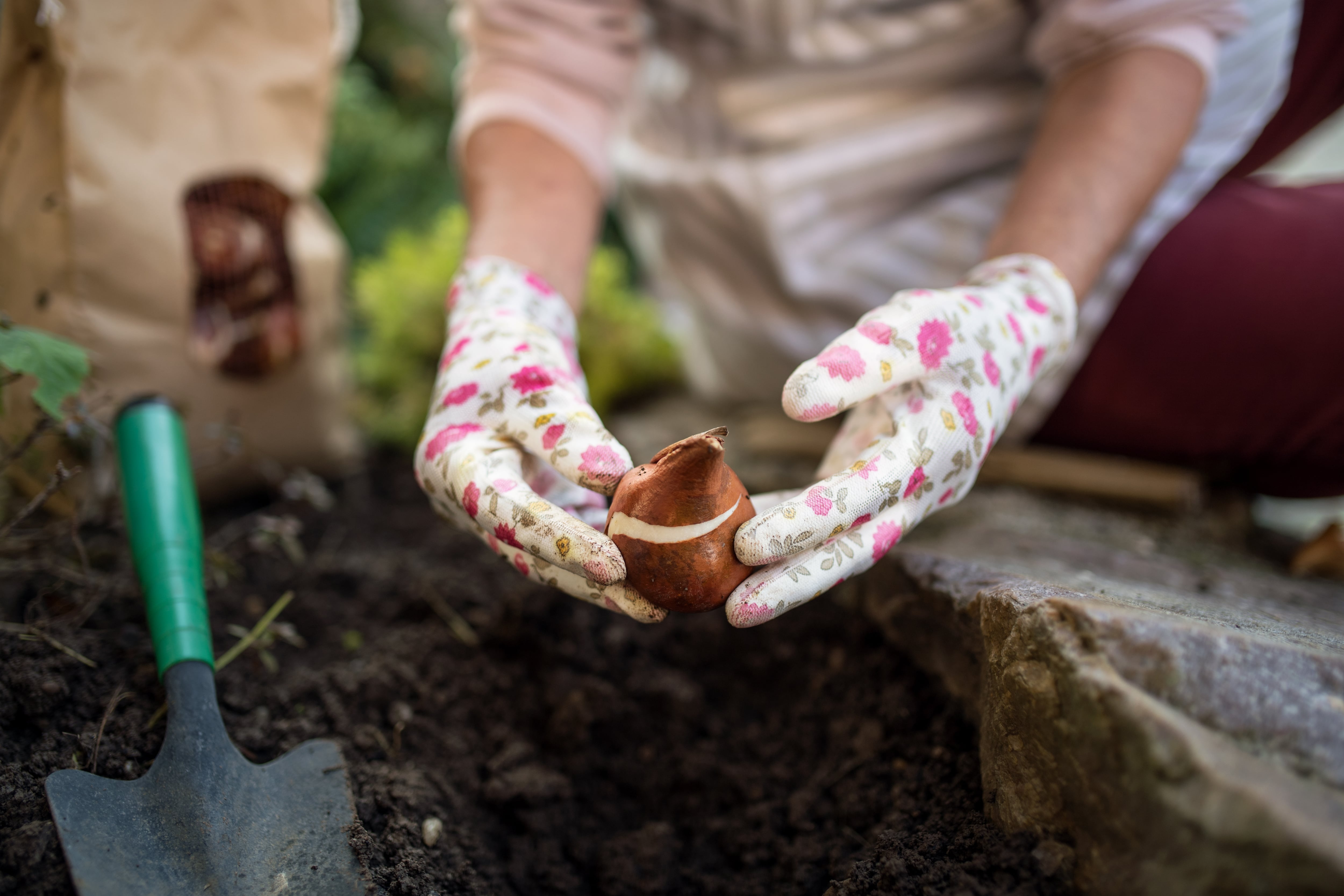Broadcaster and author Joe Duffy has proposed that the 40 children who died in the Easter Rising be remembered by a memorial.
Mr Duffy and public sculptor Orla de Brí have put forward a three metre high bronze piece comprising of 40 young hearts which reflects on to a three metre long length of bronze on the ground with the names of the children engraved.
The piece would be lit and landscaped with an explanation positioned nearby. Neither the location nor funding has been secured for the proposed memorial though negotiations are under way to achieve both.
Mr Duffy said he hoped the memorial would be in place by the end of the Decade of Centenaries next year.
READ MORE
Mr Duffy, whose 2016 book Children of the Rising recounted the lives of all the children who died during Easter Week, said the only memorial that remembered them was the Glasnevin Wall. It was unveiled in 2016 to remember all who lost their lives in the Irish Revolution between 1916 and 1923.
It was vandalised repeatedly by those who objected to the names of British soldiers being included and the names have since been erased from the wall.
Mr Duffy spoke at Woodenbridge where a memorial there remembers the men and women of Wicklow who died in the first World War.
Mr Duffy said the Glasnevin Wall was now an “ignominious standing stone of intolerance, wanton vandalism and cowardice by those who in the dead of night defaced it.”
“Nowhere else in the world has a memorial to civilians who died violently in the creation of a state been removed. I can honestly tell you I was reduced to tears when I visited Glasnevin to see the black slates with the names – mostly of the forgotten civilians removed.
“Indeed the civilians who died were not forgotten, because they were not remembered in the first instance.”
Of the 485 confirmed fatalities of Easter Week, 53 per cent were civilians, 30 per were the security forces and 16 per cent were rebels.
“Yes rightly the leaders of the Rebellion, both men and women, are remembered in nearly every city and town in the country, through memorials, street names, railway stations, hospitals, public buildings and parks,” he said.
“The majority who died in the Easter Rising in 1916 are forgotten, their names are not etched anywhere, in the words of the great Sean O Casey, commenting on the civilians killed in the Rising: ‘They must put up with it. You would be unknown forever. You died without a word of praise, you would be buried without even a shadowy ceremony. No bugle will call your name, no gunshot will let loose brave echoes over your grave, you will not be numbered among the accepted slain’.”












